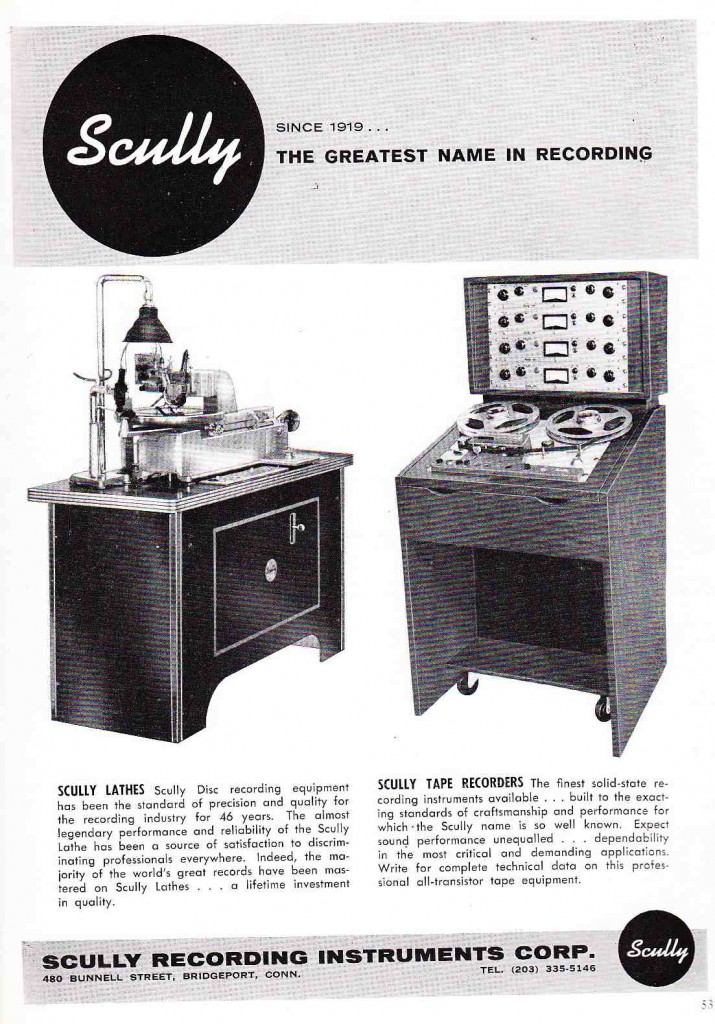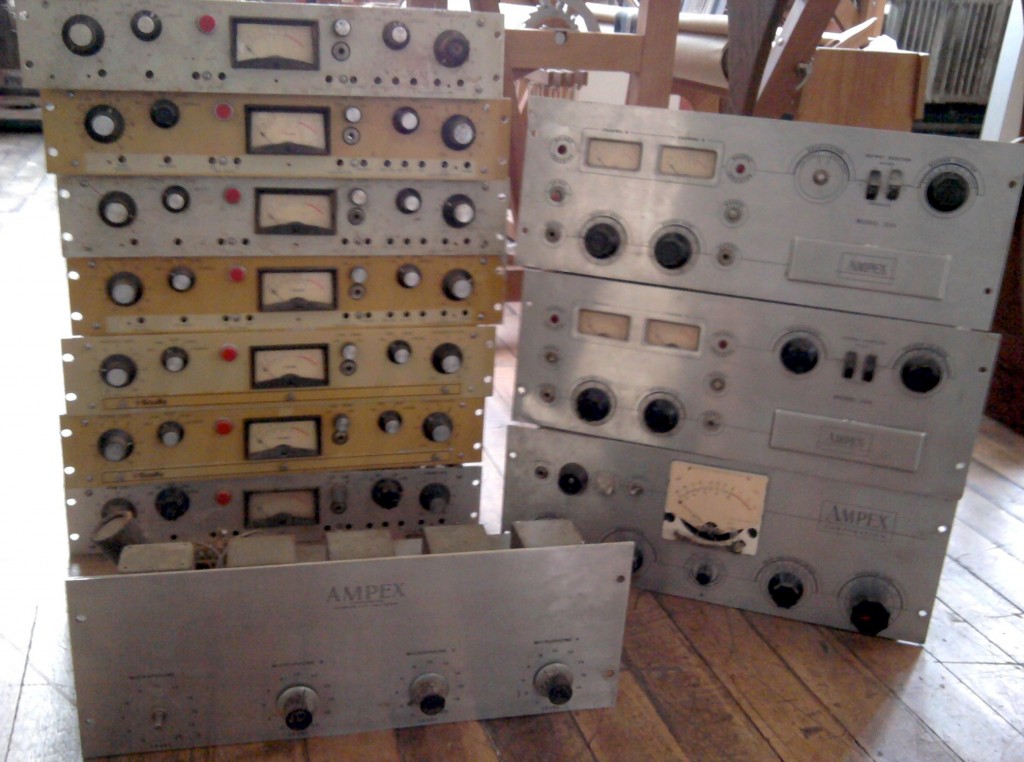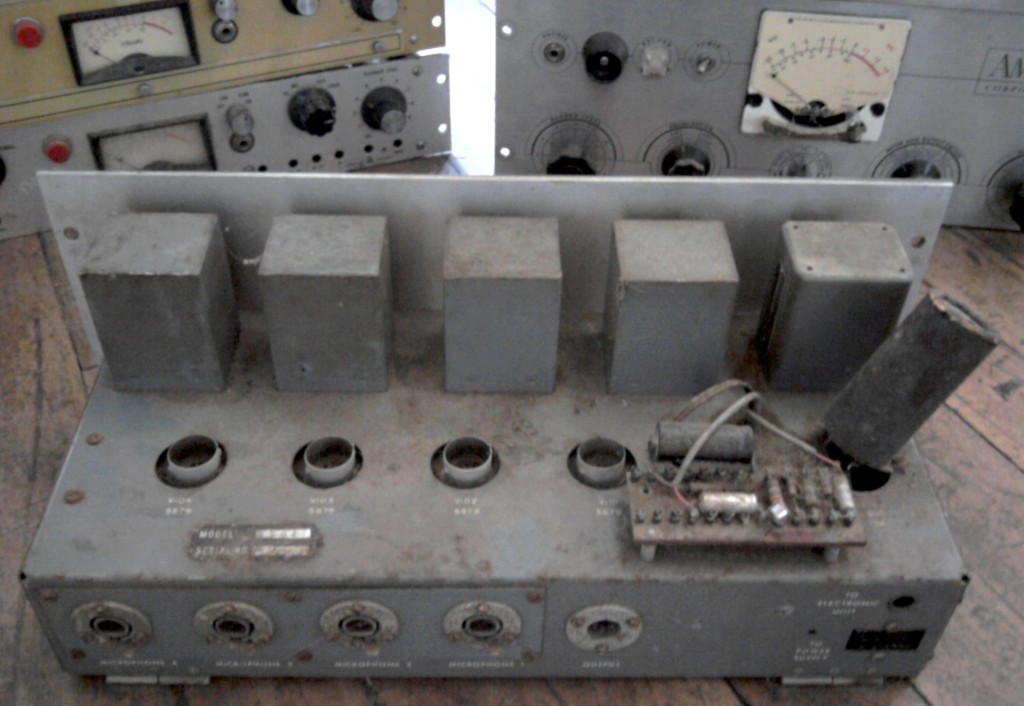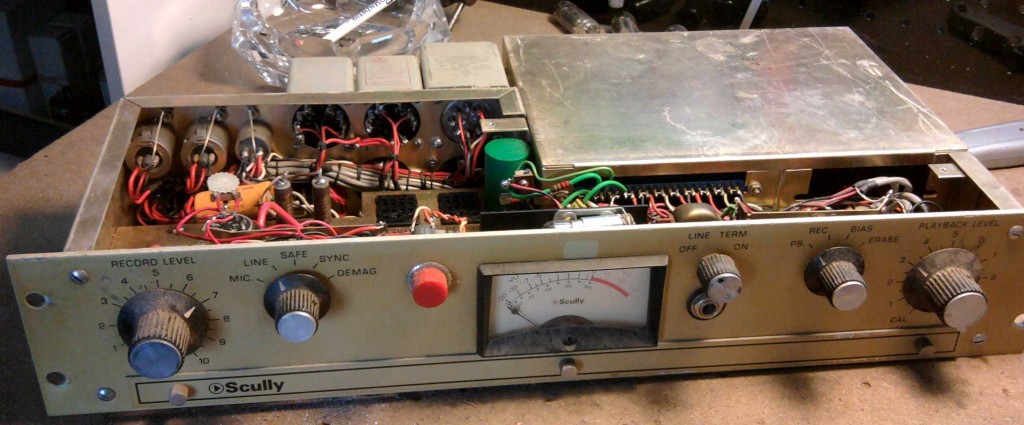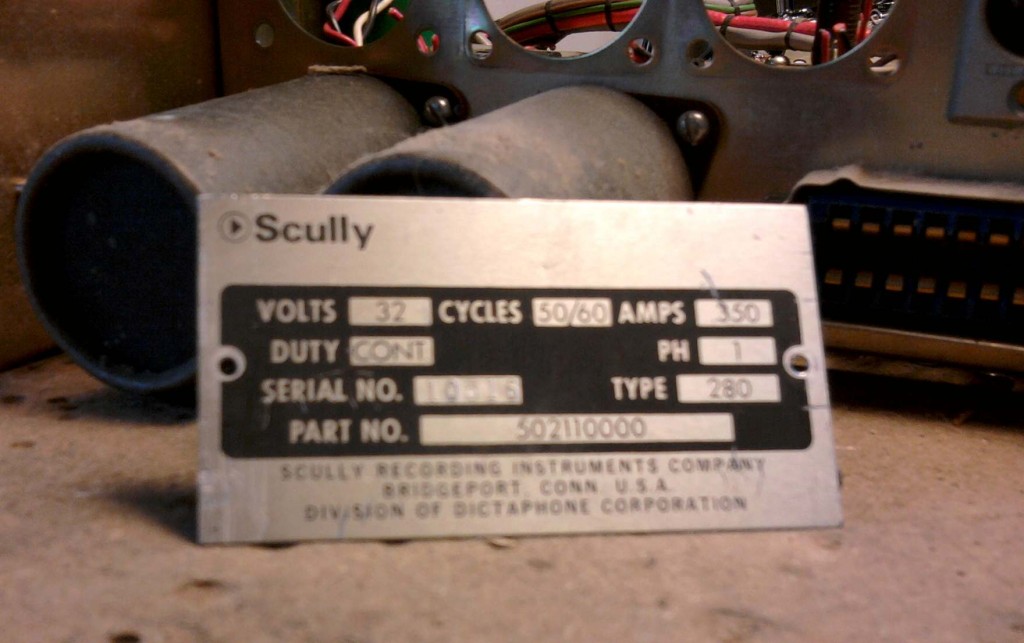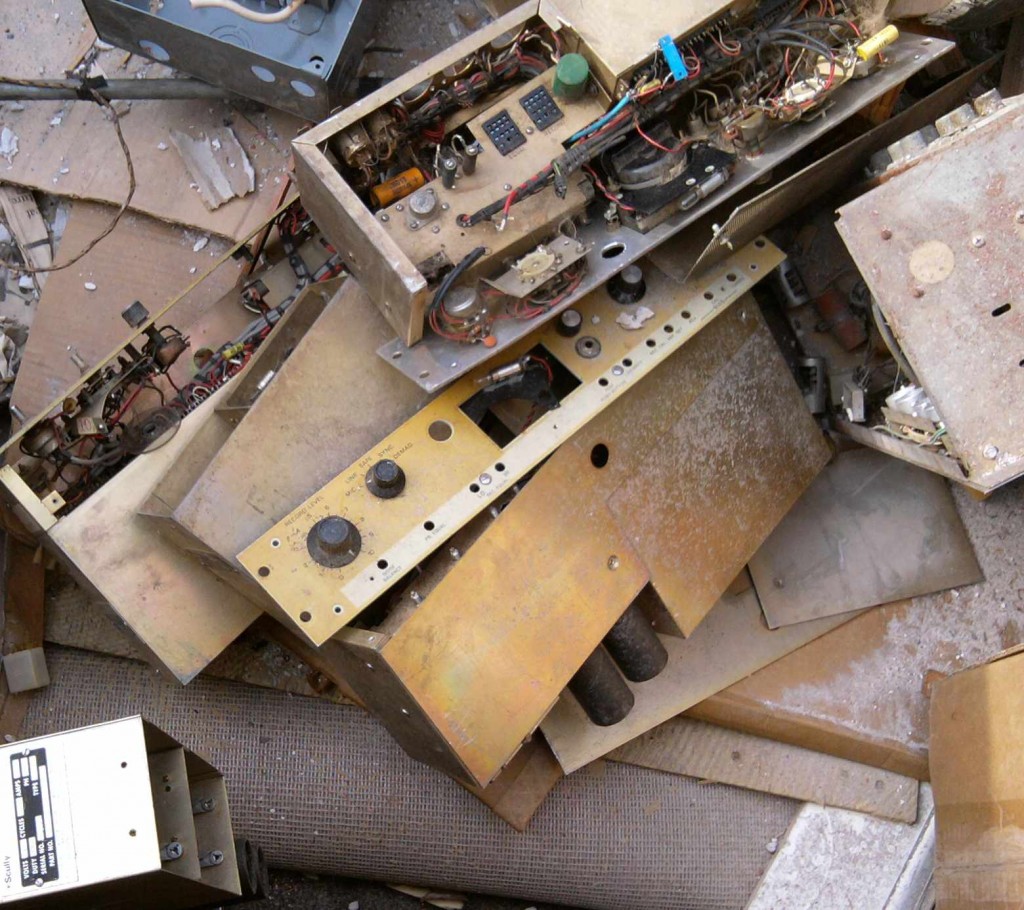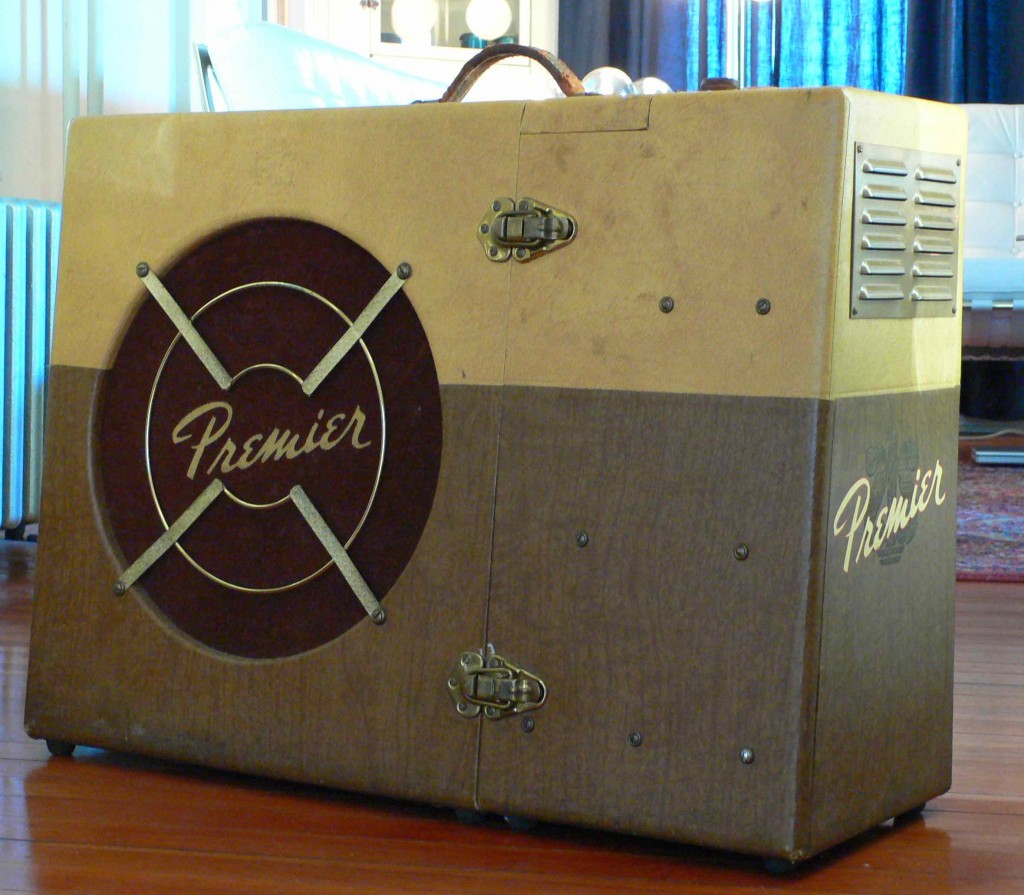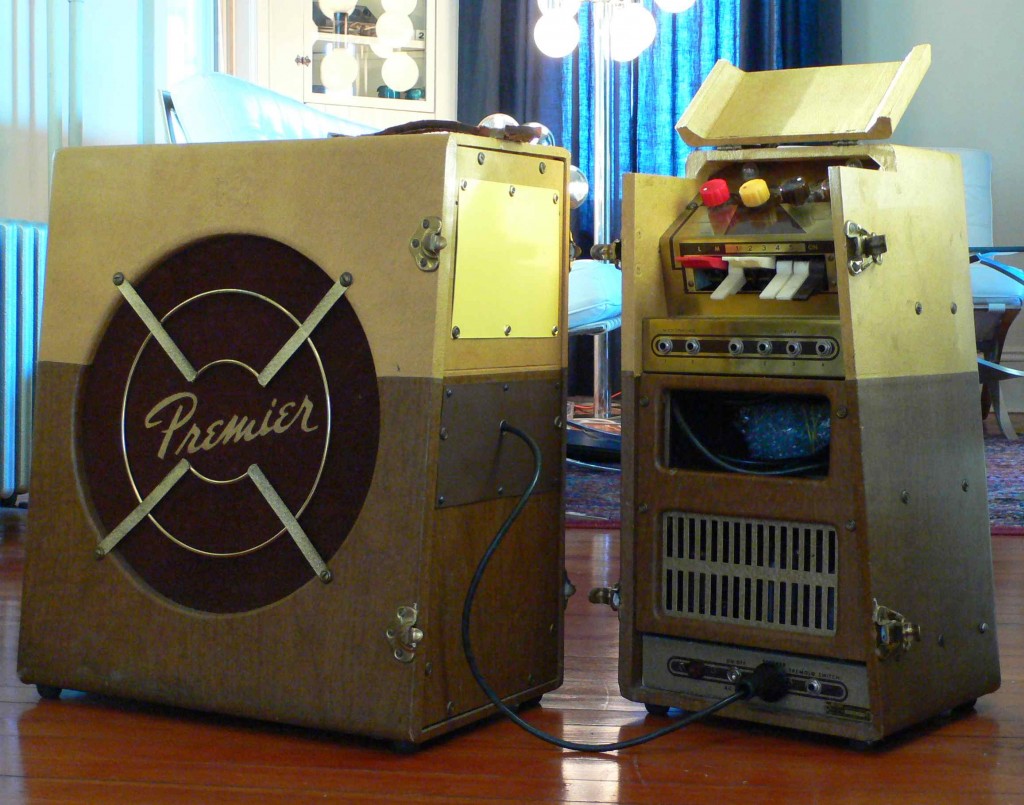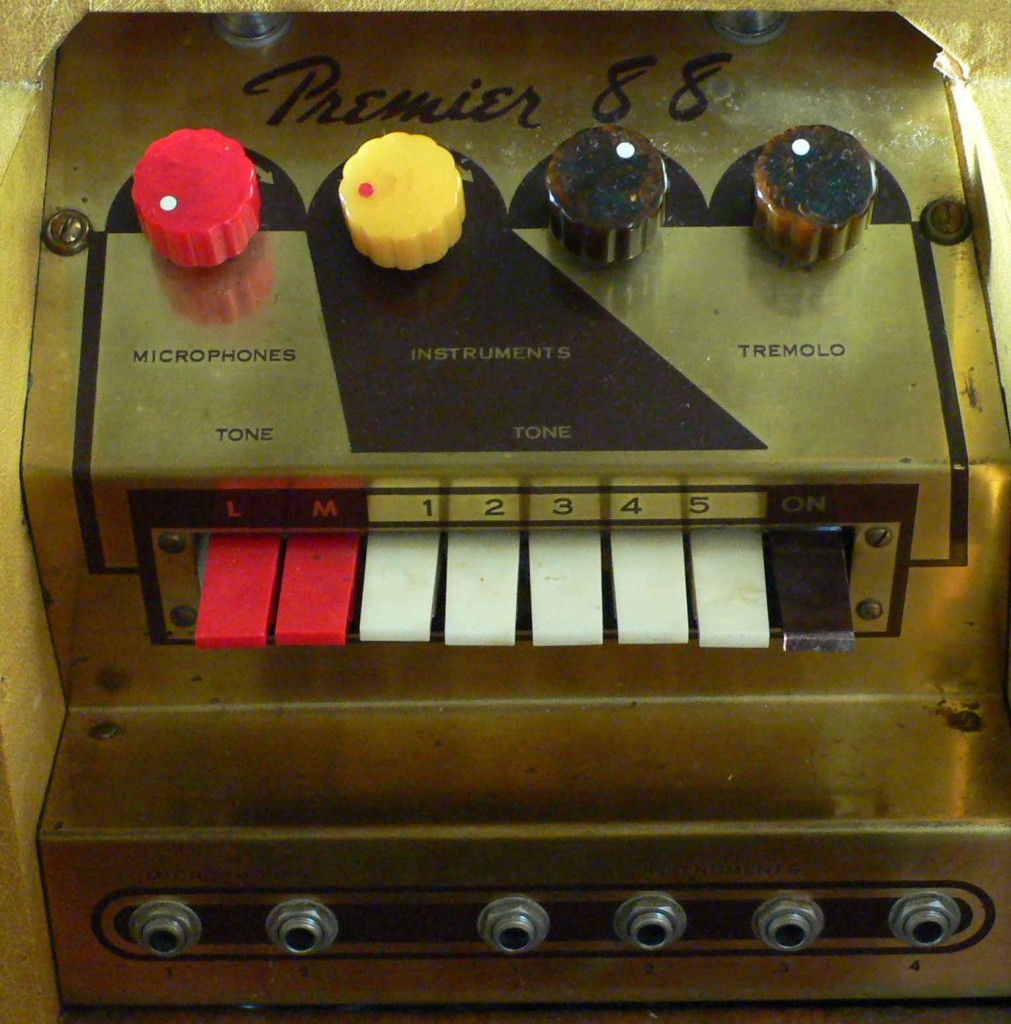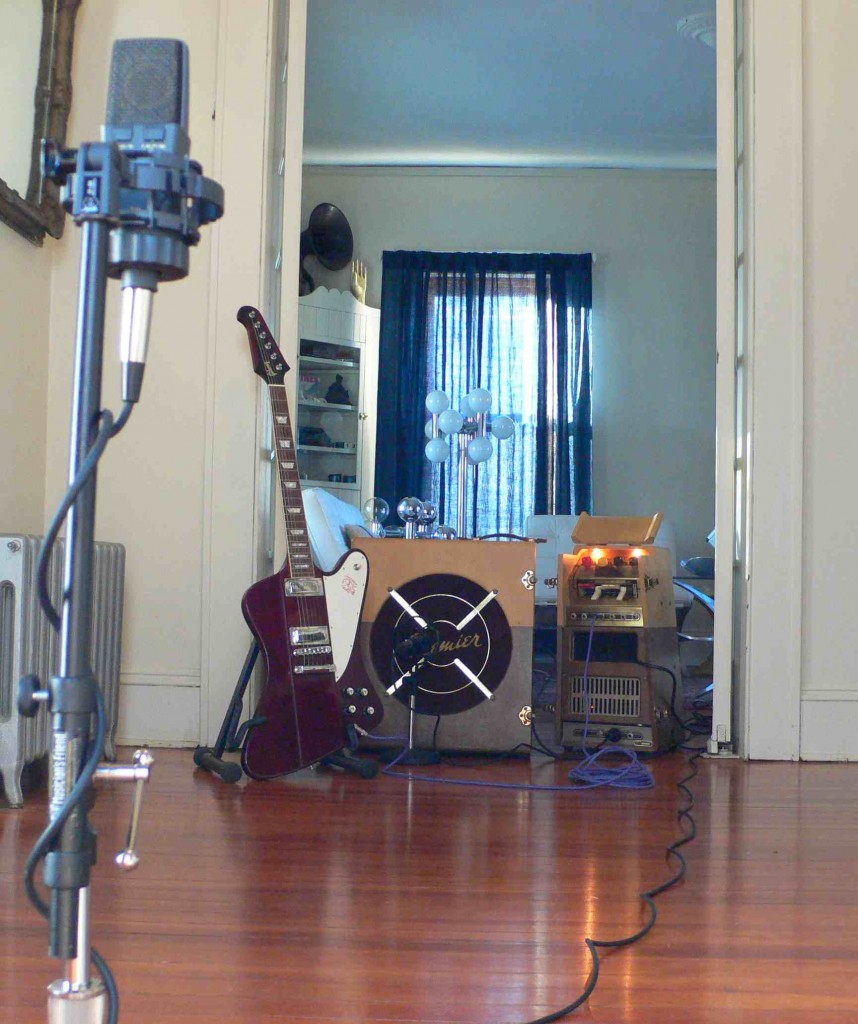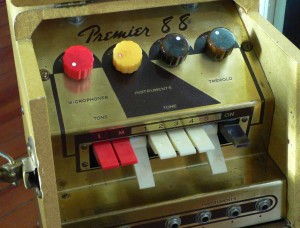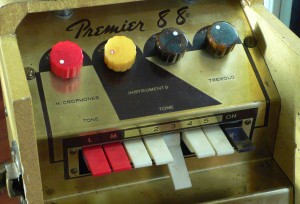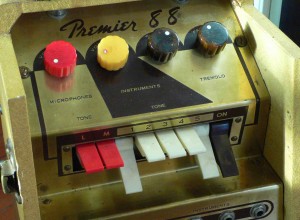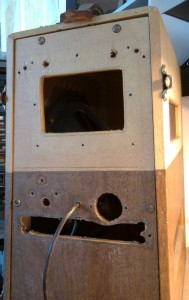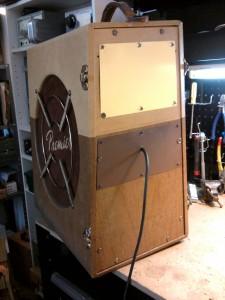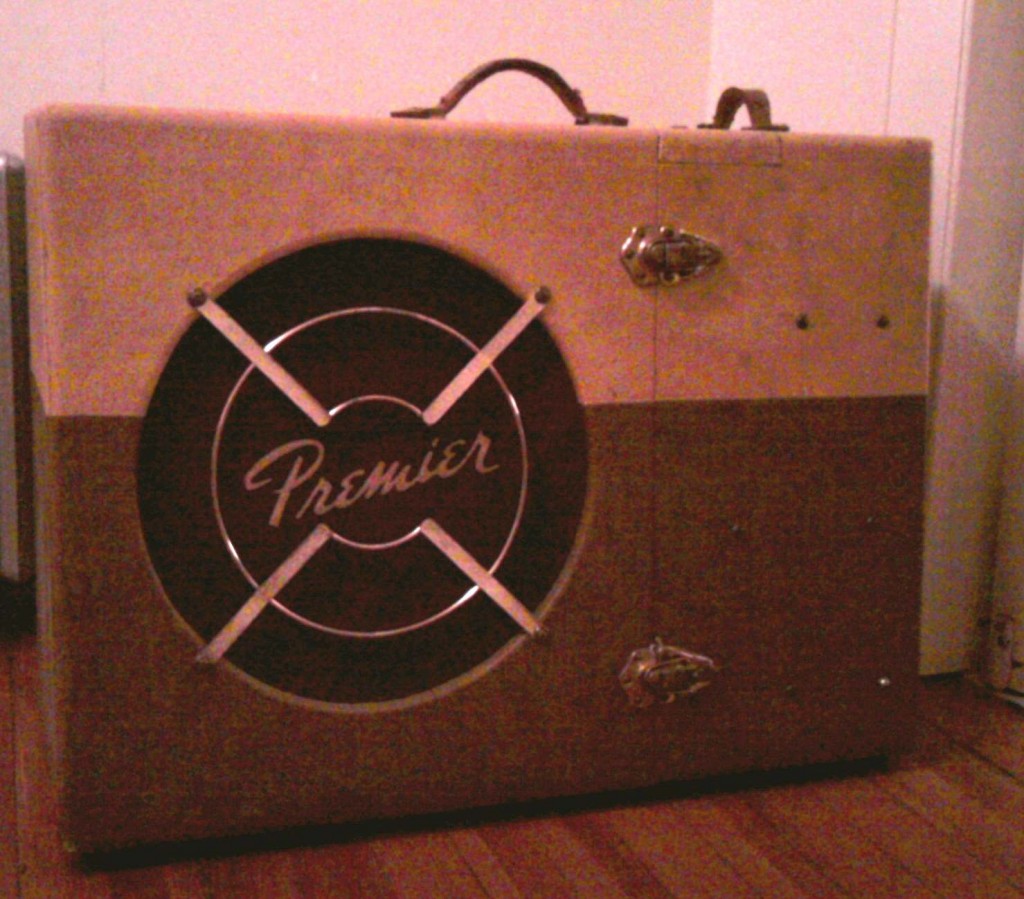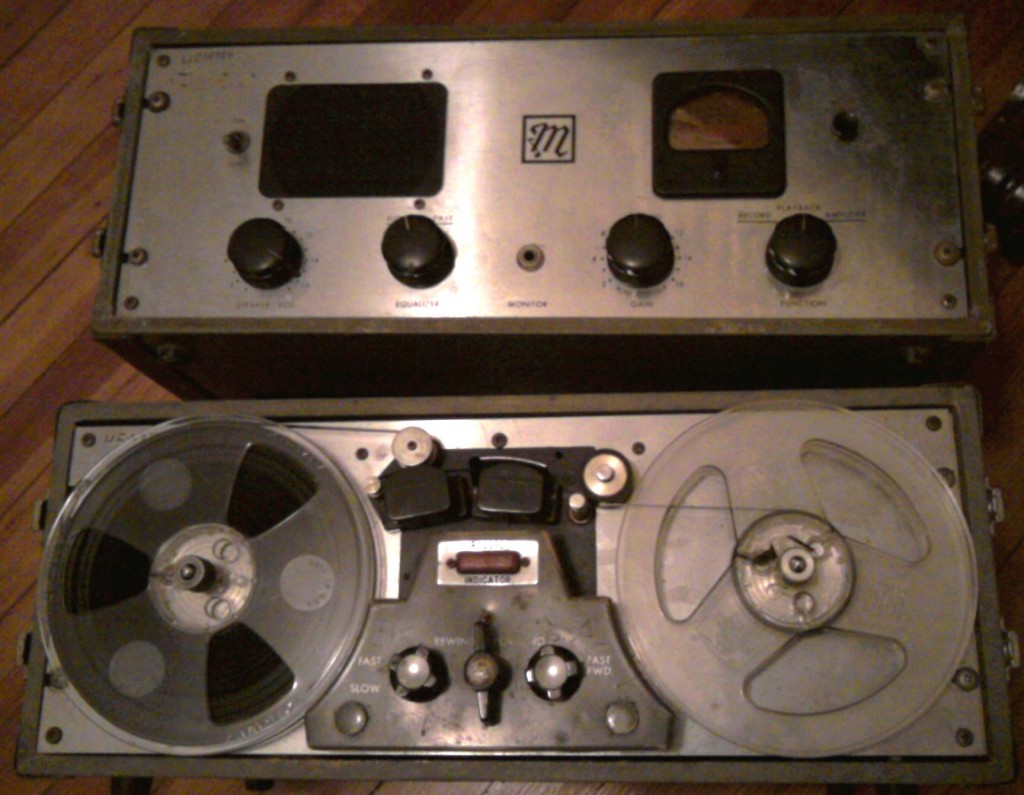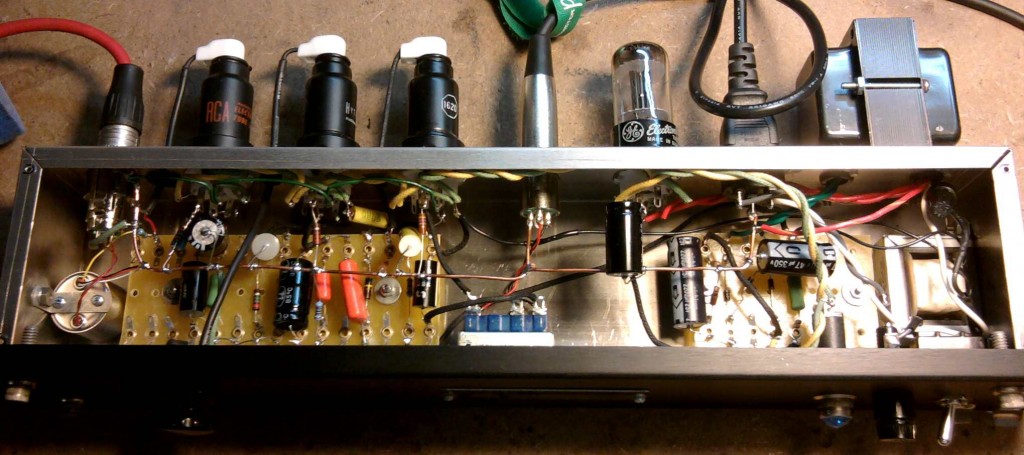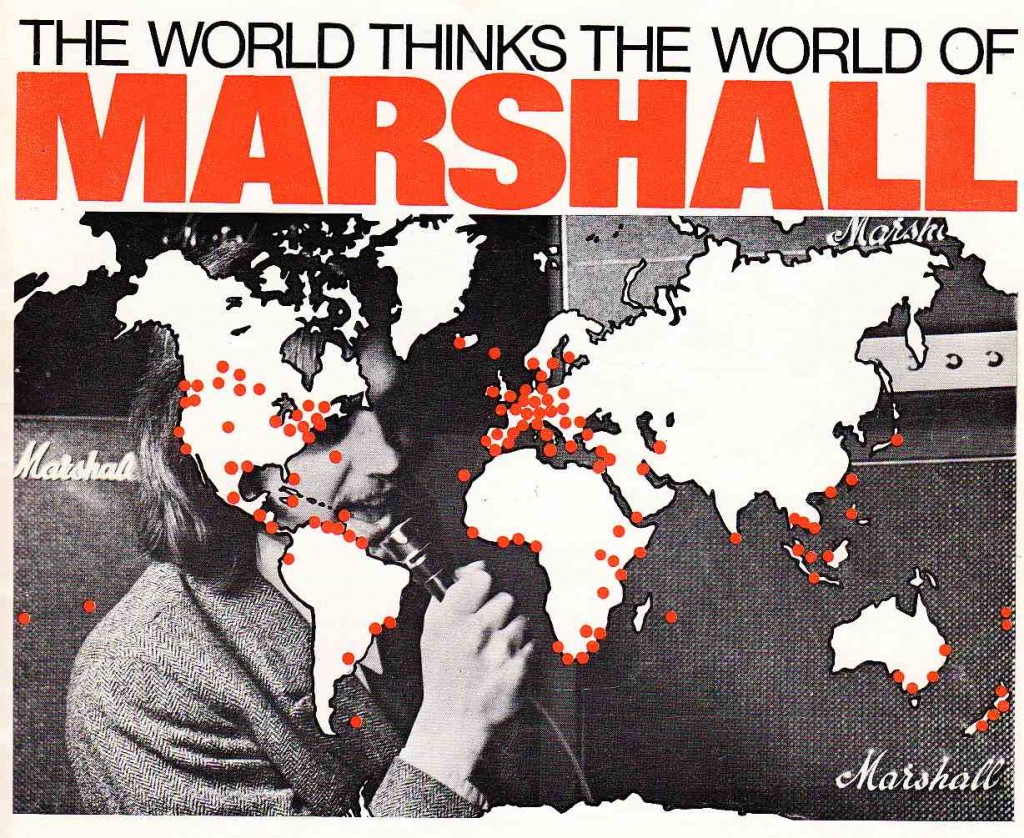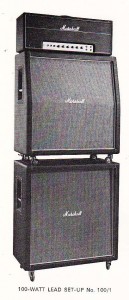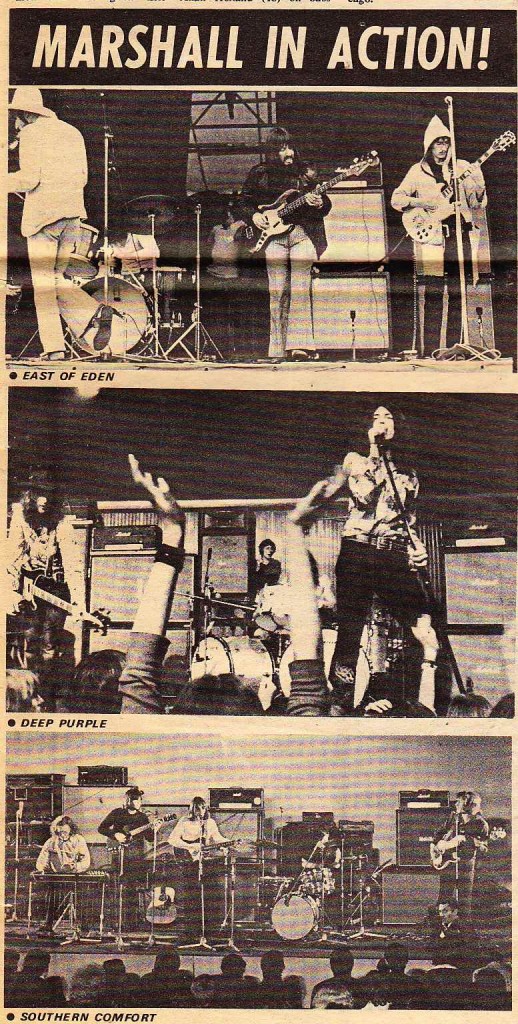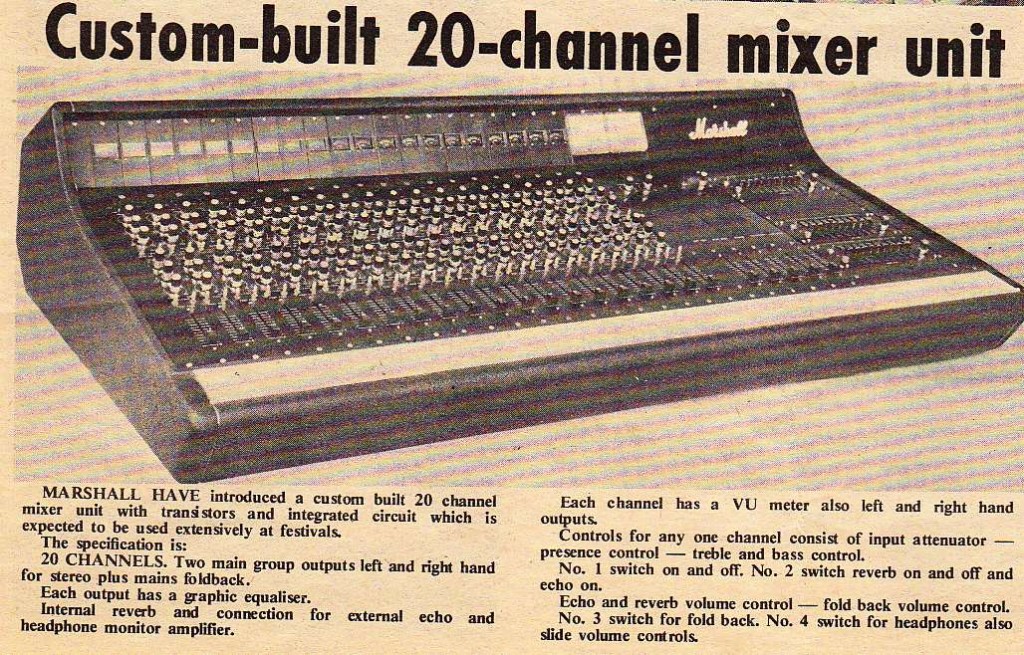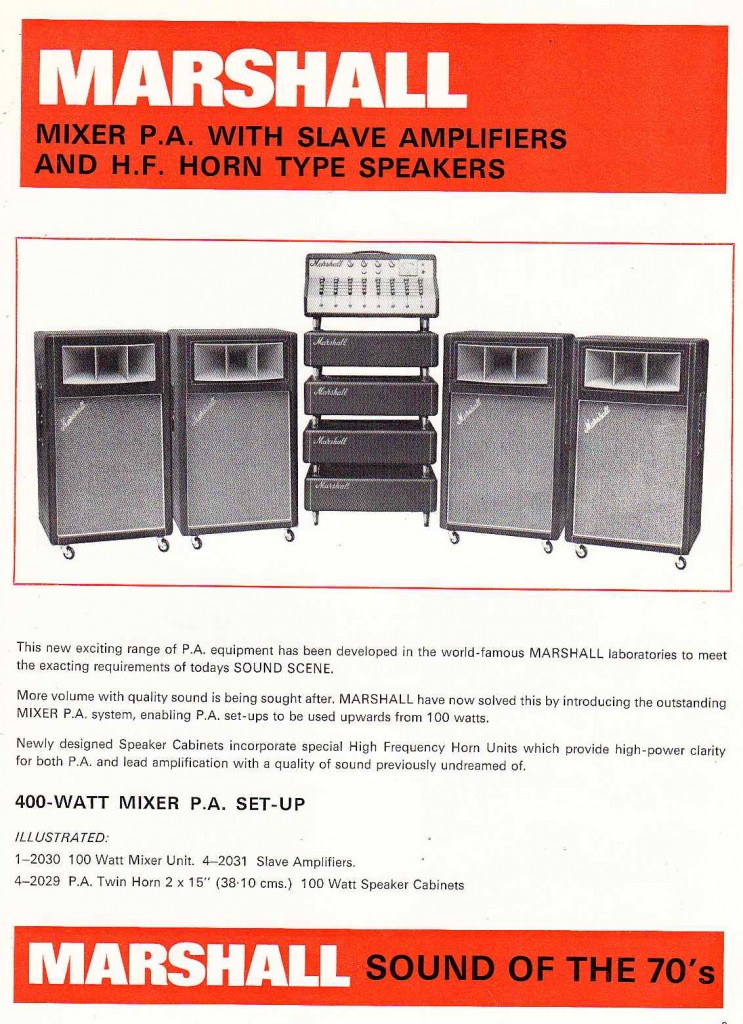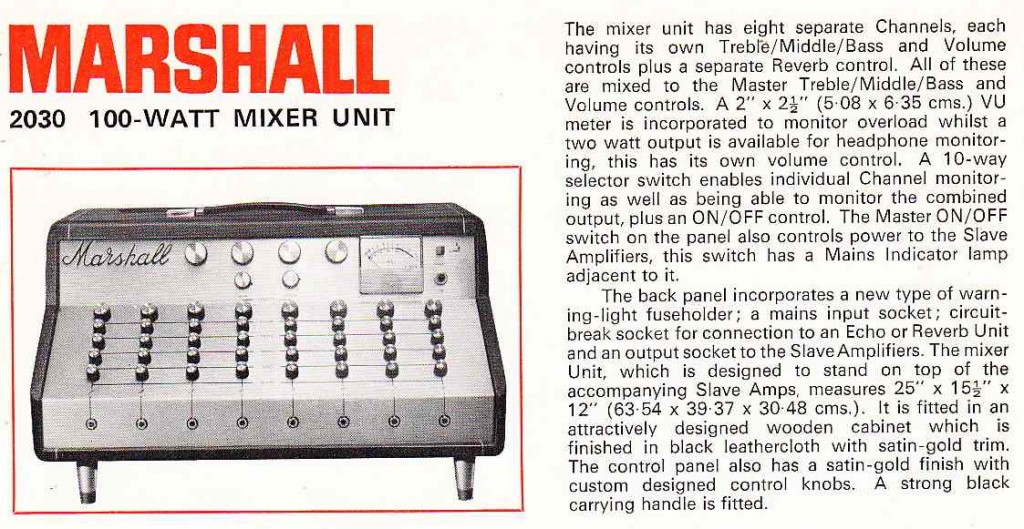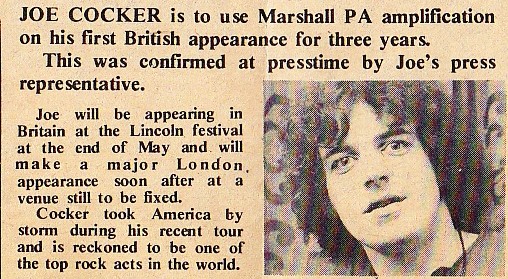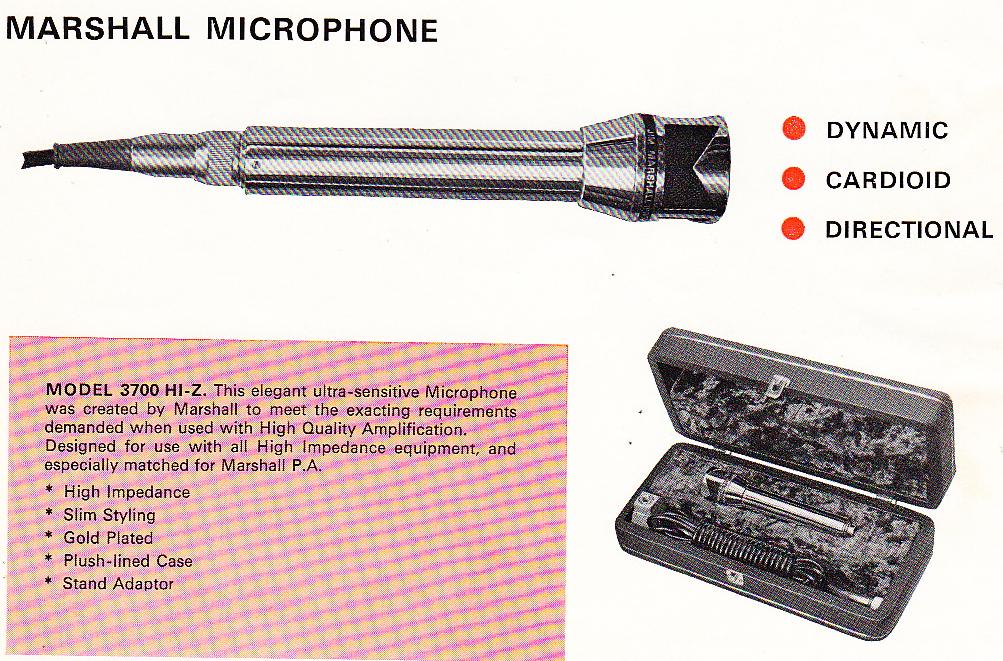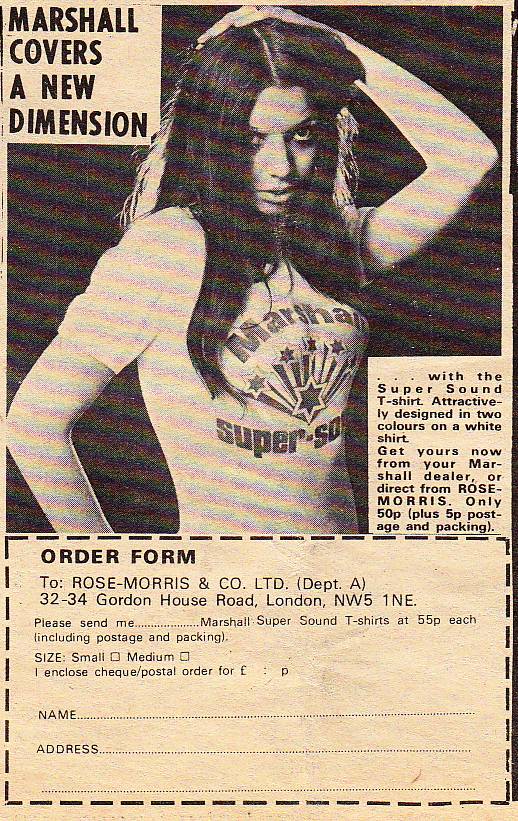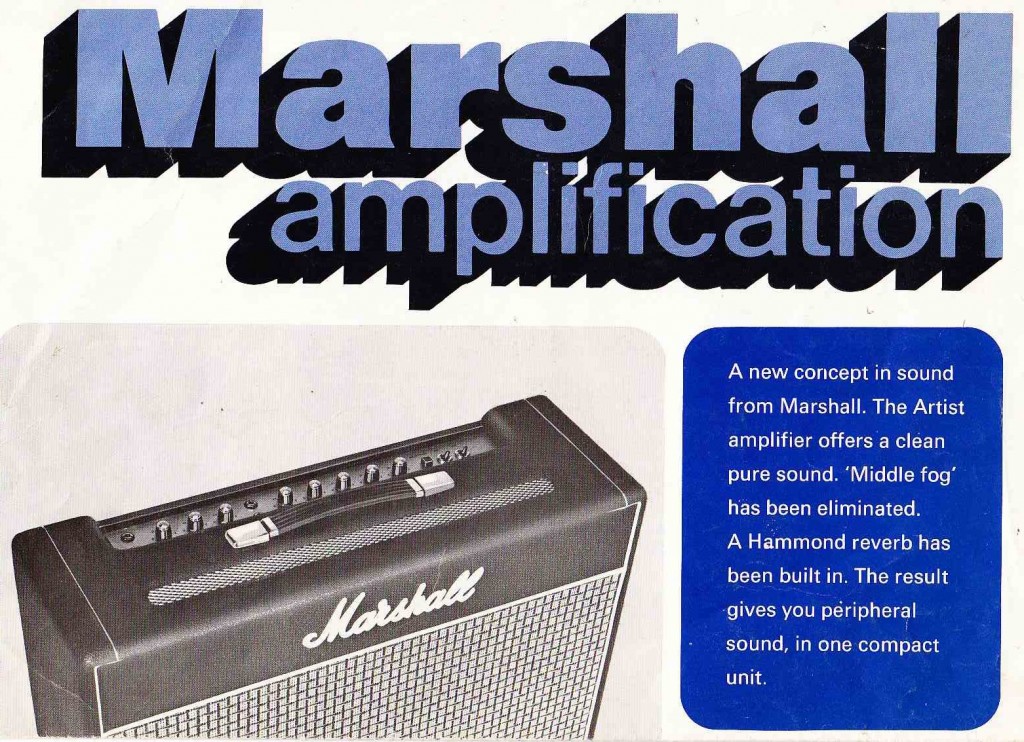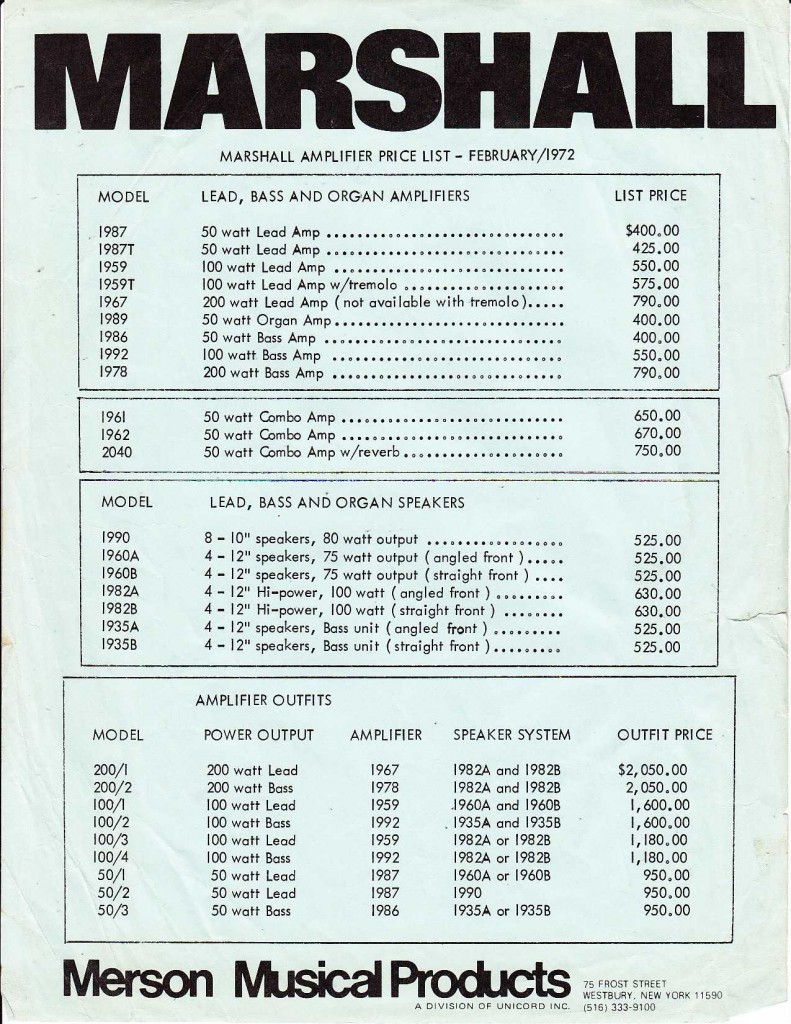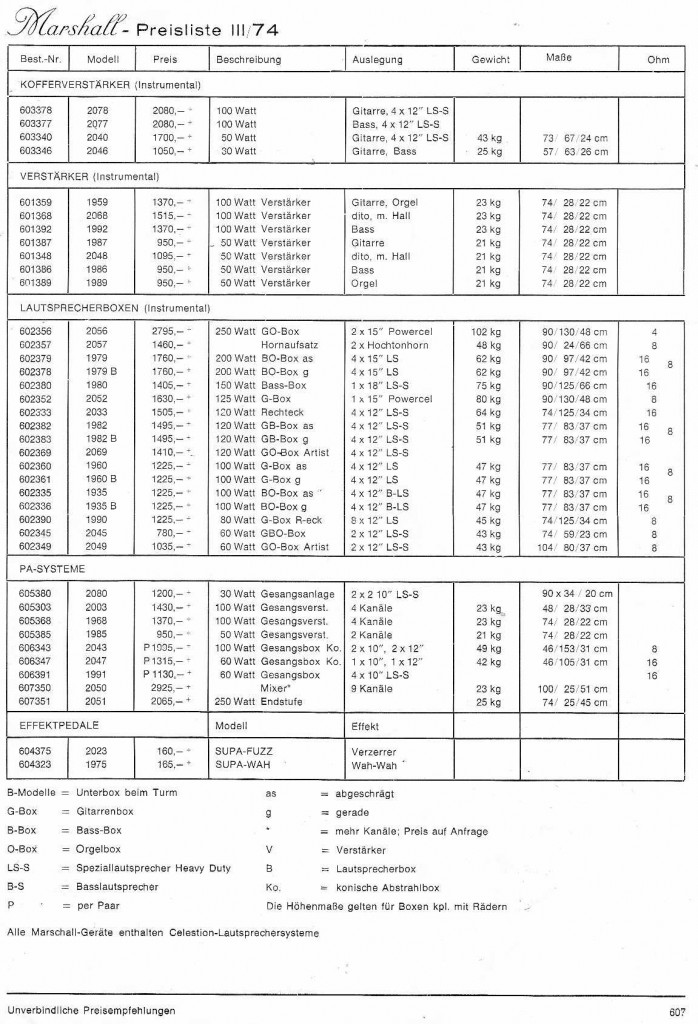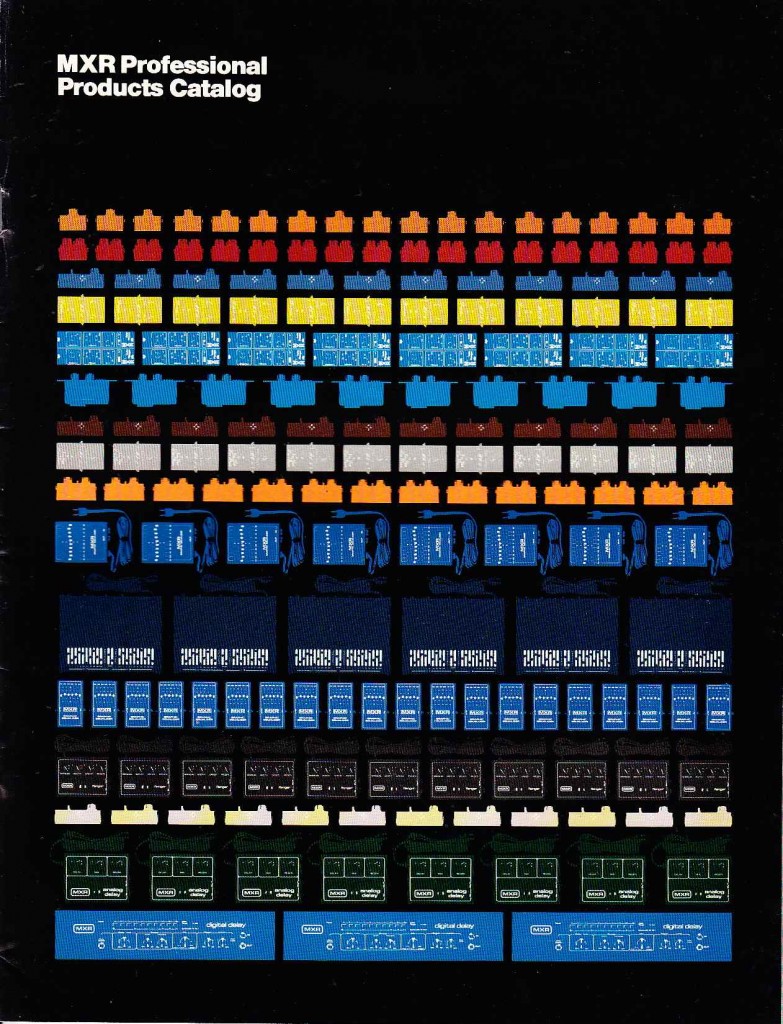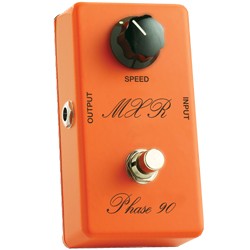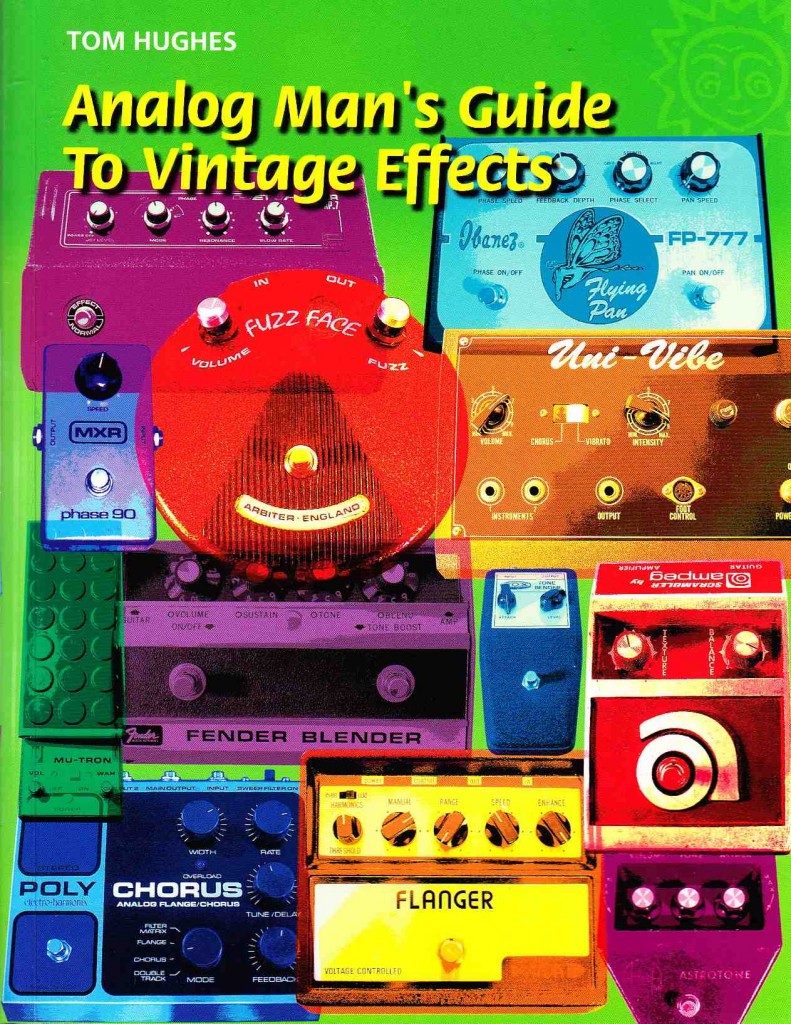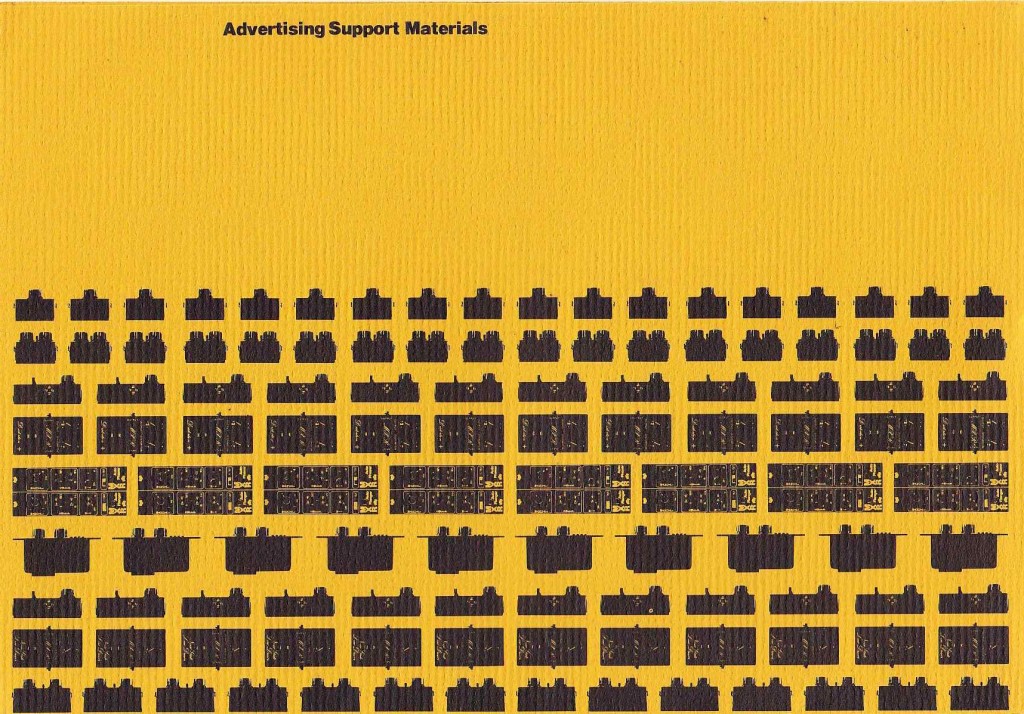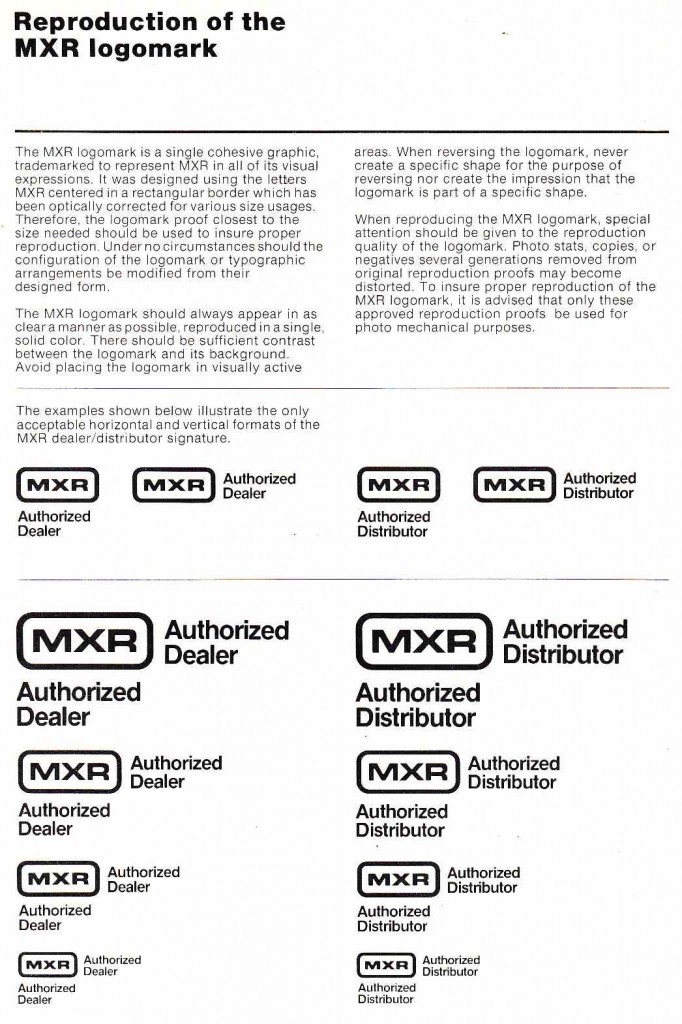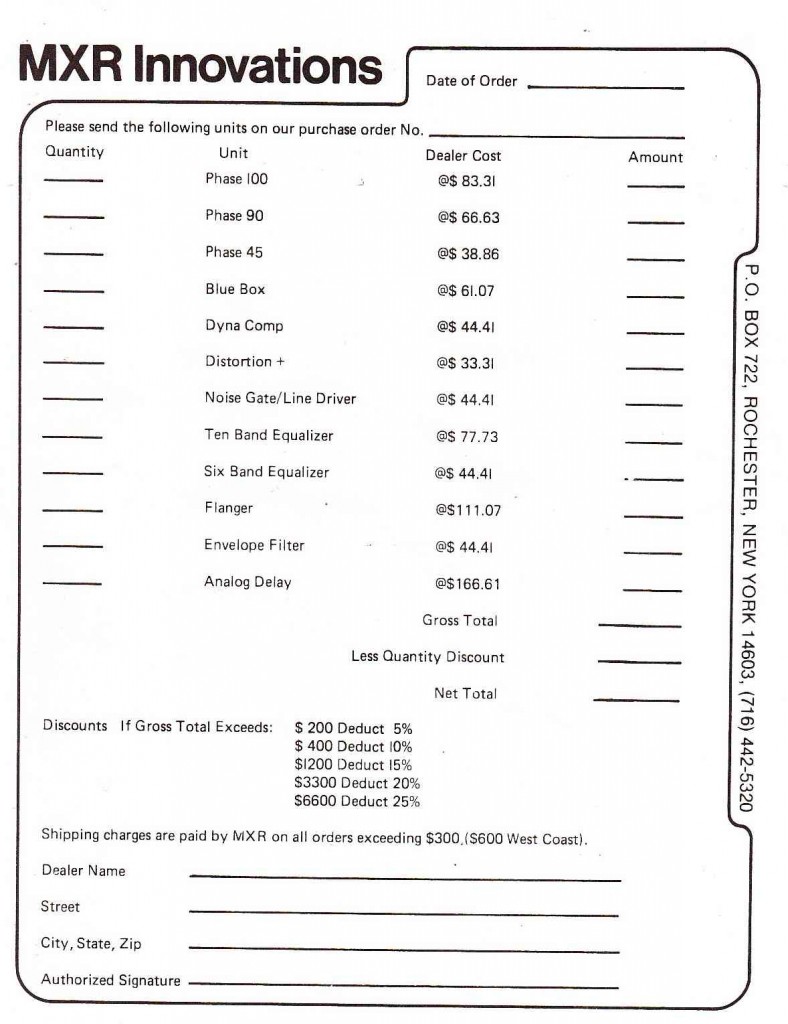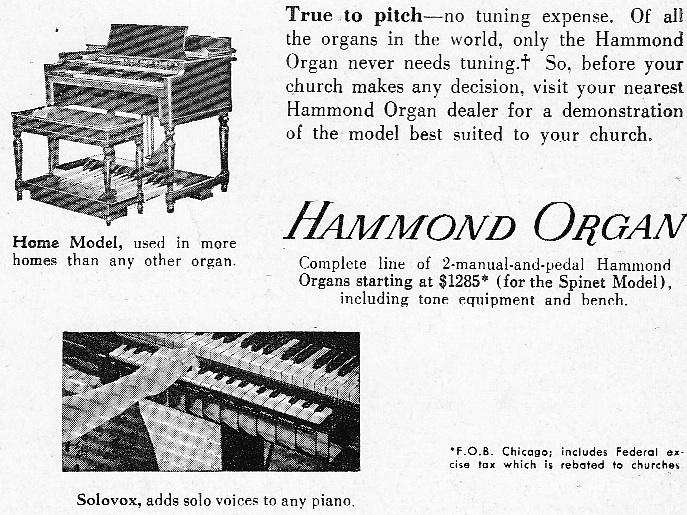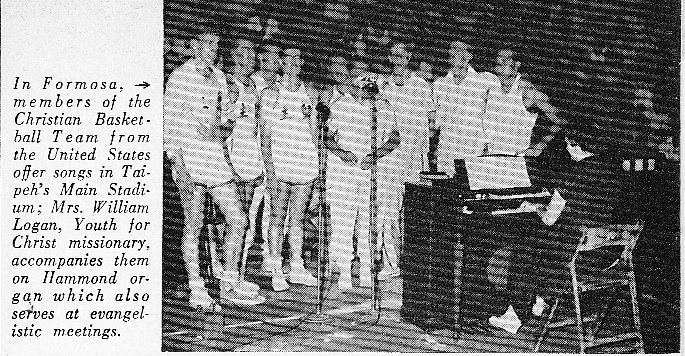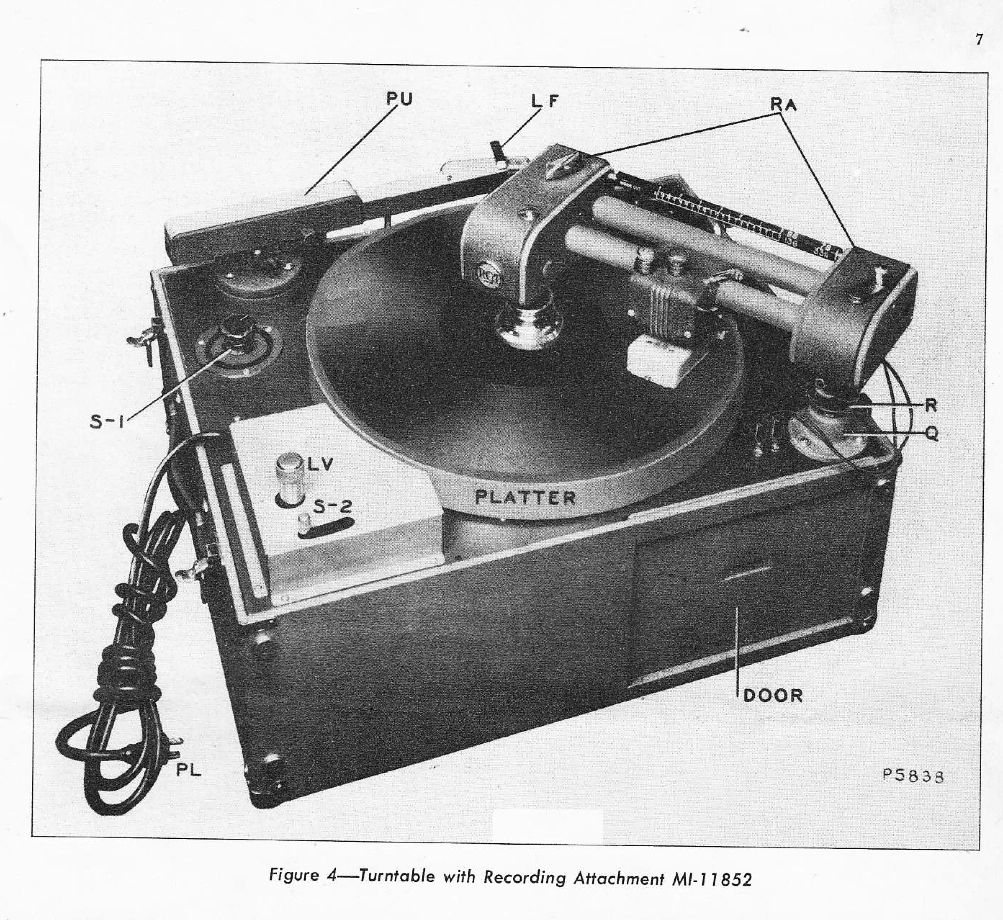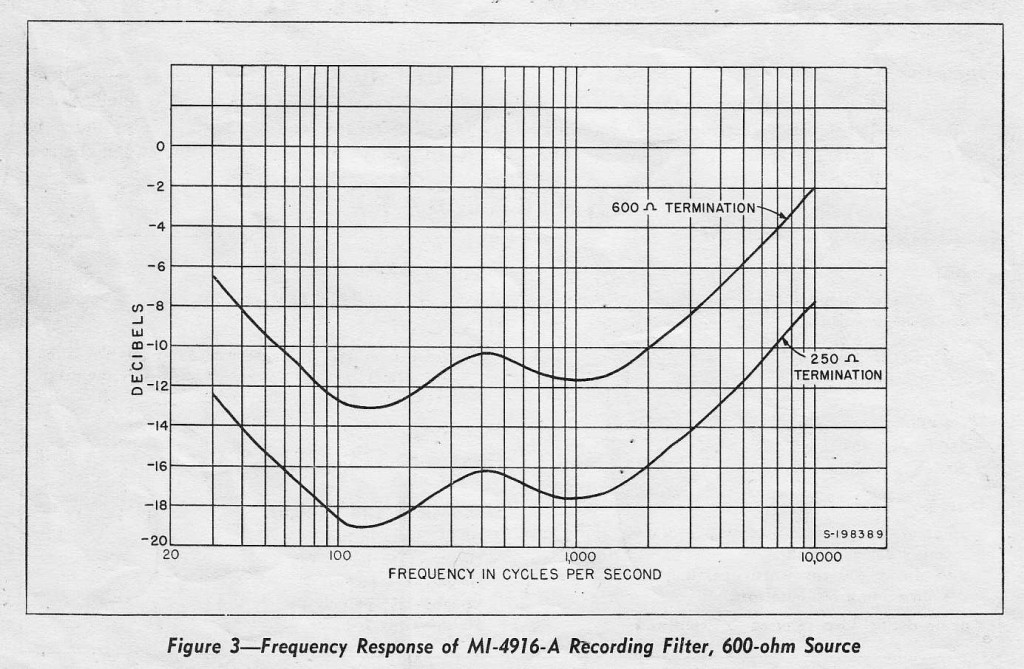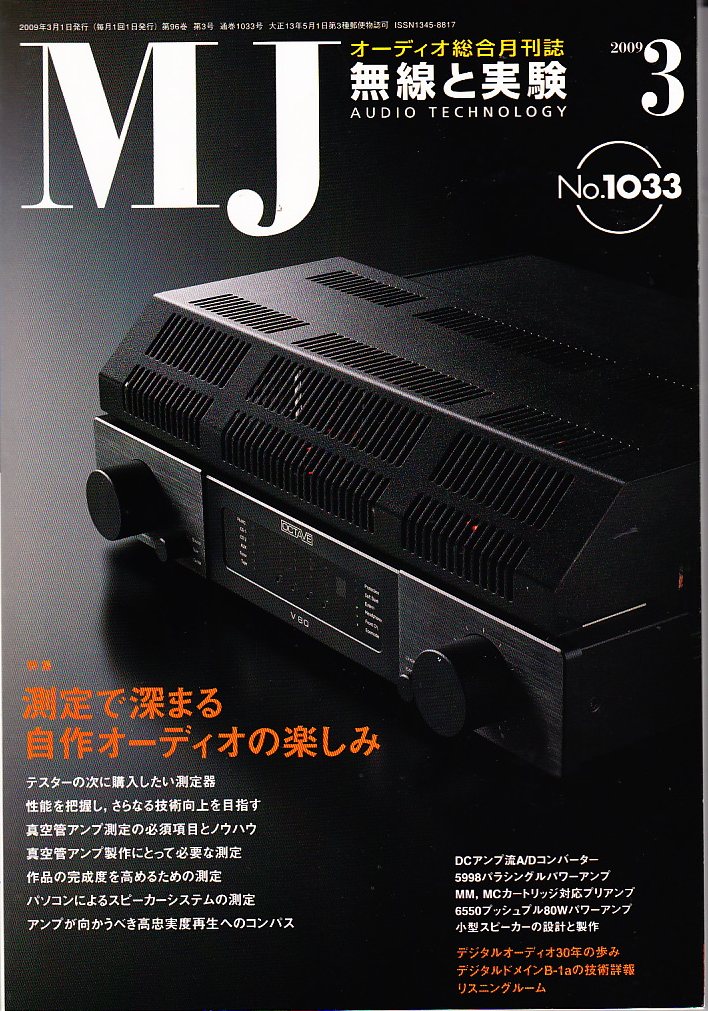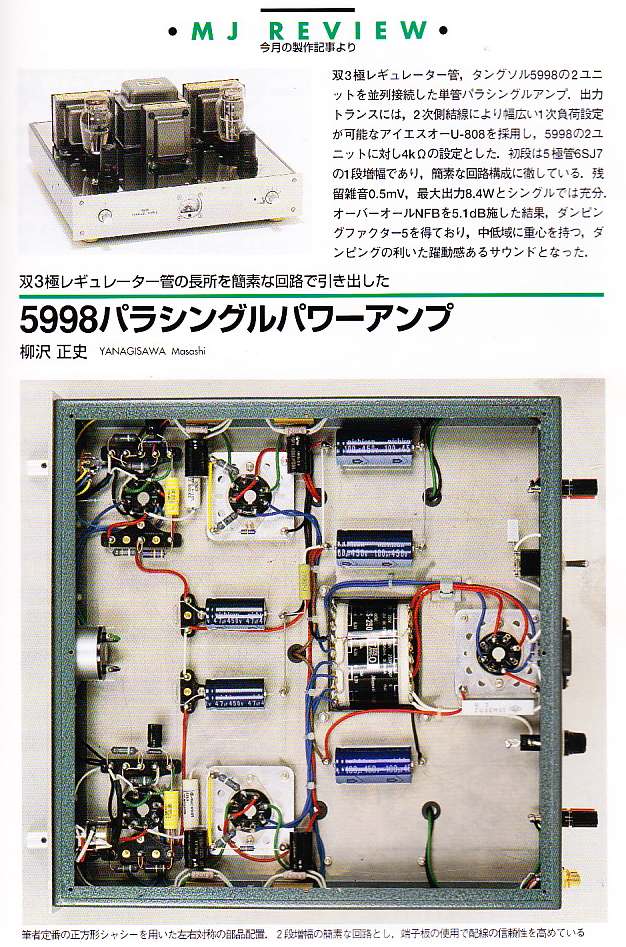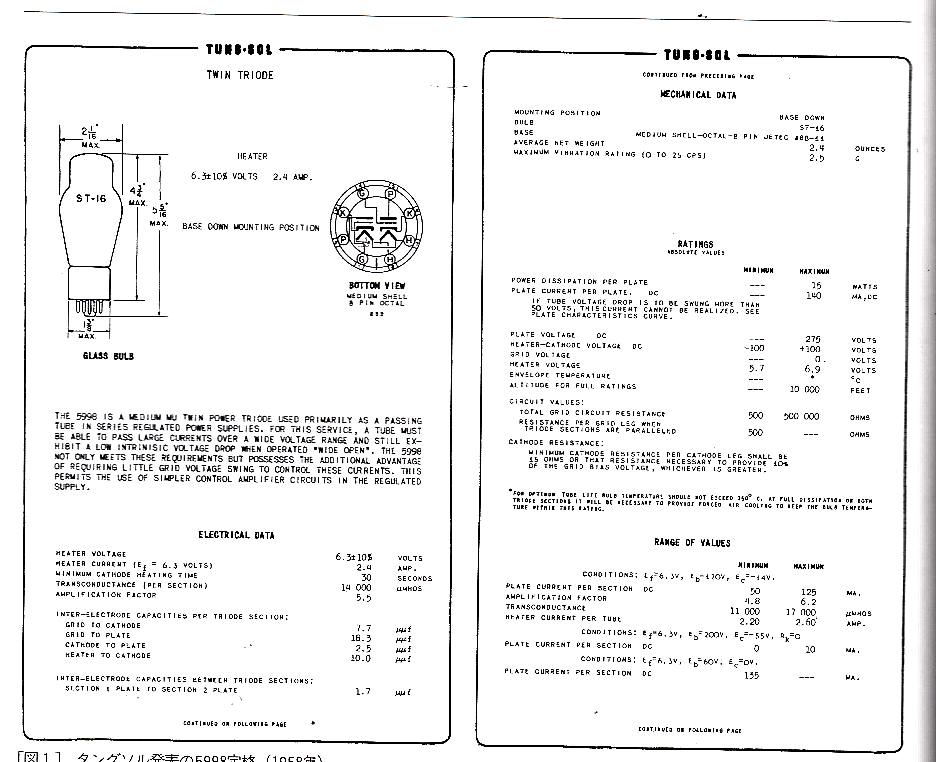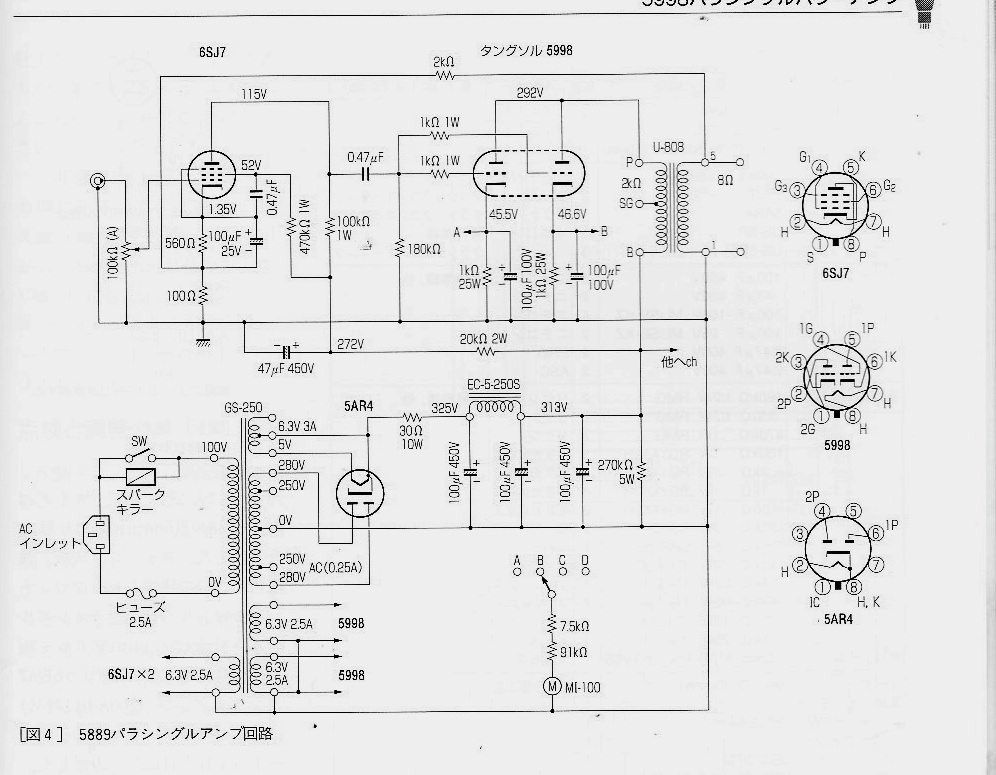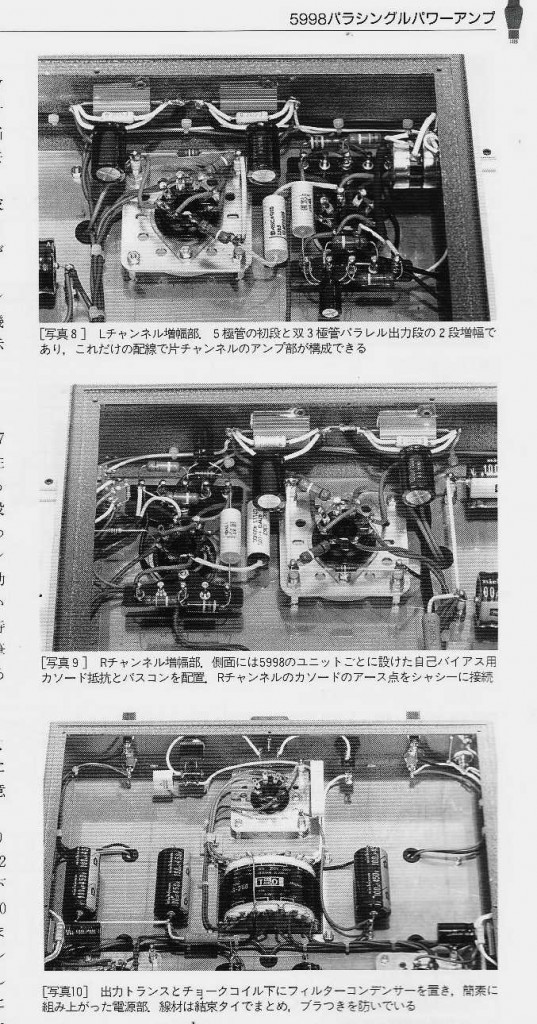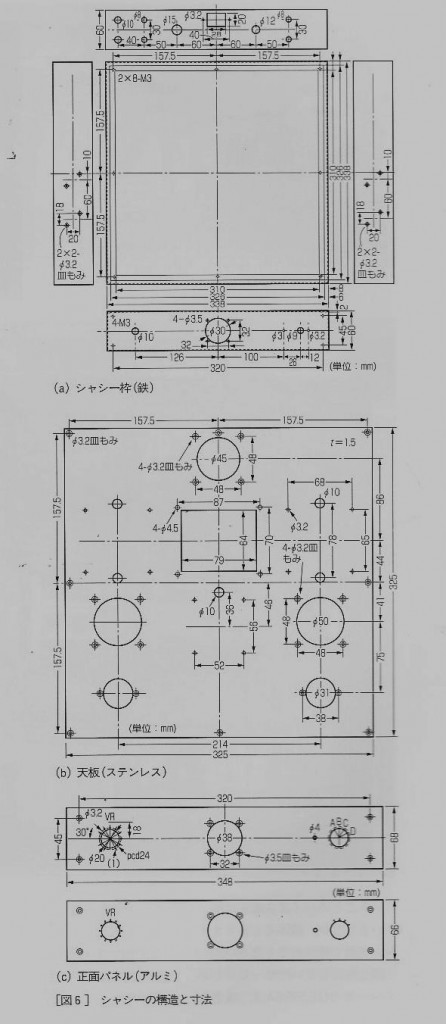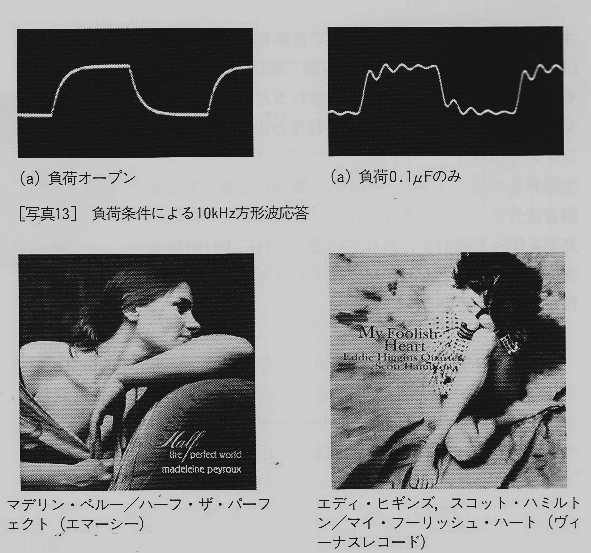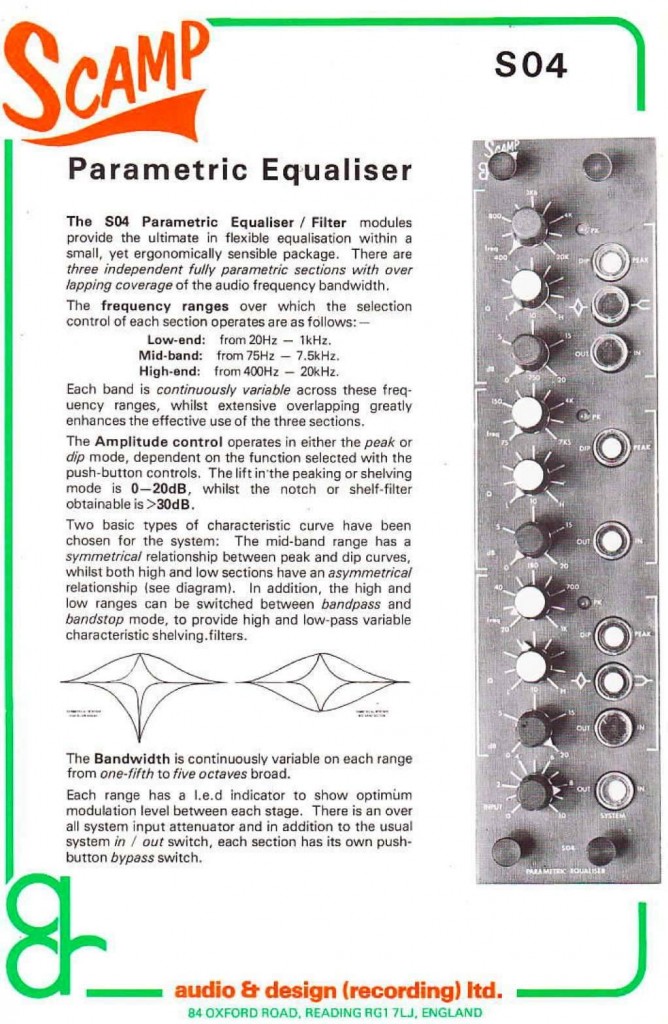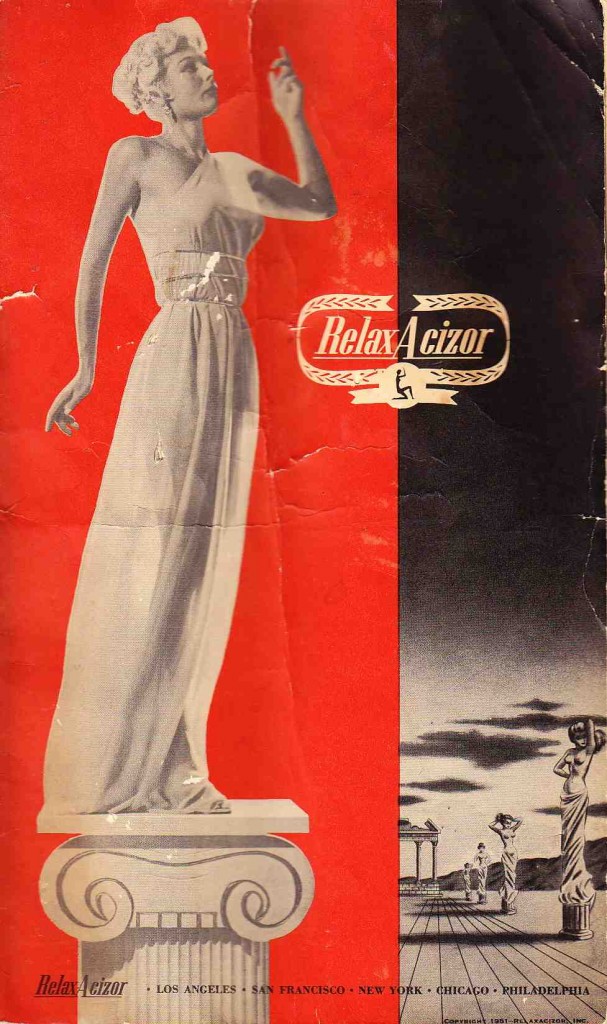 When folks learn that I build and service vacuum-tube based audio equipment, some of the first questions they ask are: Is it hard to find those old tubes? Where do you find them? As it turns out, lots of different places.
When folks learn that I build and service vacuum-tube based audio equipment, some of the first questions they ask are: Is it hard to find those old tubes? Where do you find them? As it turns out, lots of different places.
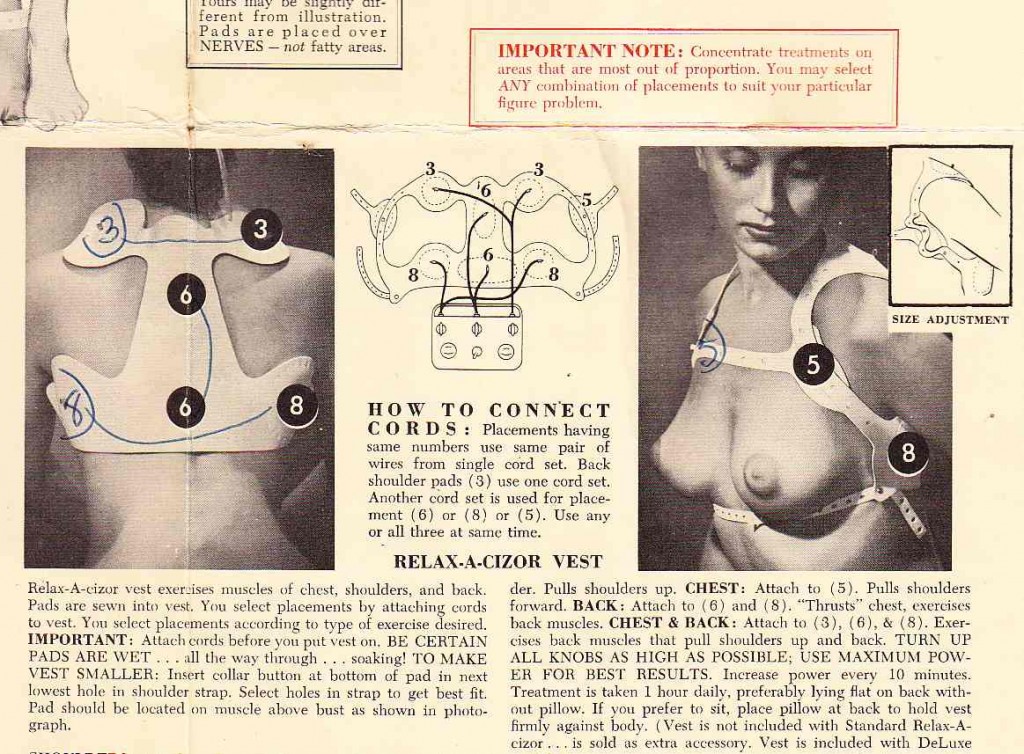 The RelaxAcizor was, depending on who you ask, either a quack-medical/exercise device or a sex toy that was marketed clandestinely to women in the 1950s. It consists of a voltage amplifier in a chassis with a series of electrodes that attach to the (female) body on numerous pads.
The RelaxAcizor was, depending on who you ask, either a quack-medical/exercise device or a sex toy that was marketed clandestinely to women in the 1950s. It consists of a voltage amplifier in a chassis with a series of electrodes that attach to the (female) body on numerous pads.
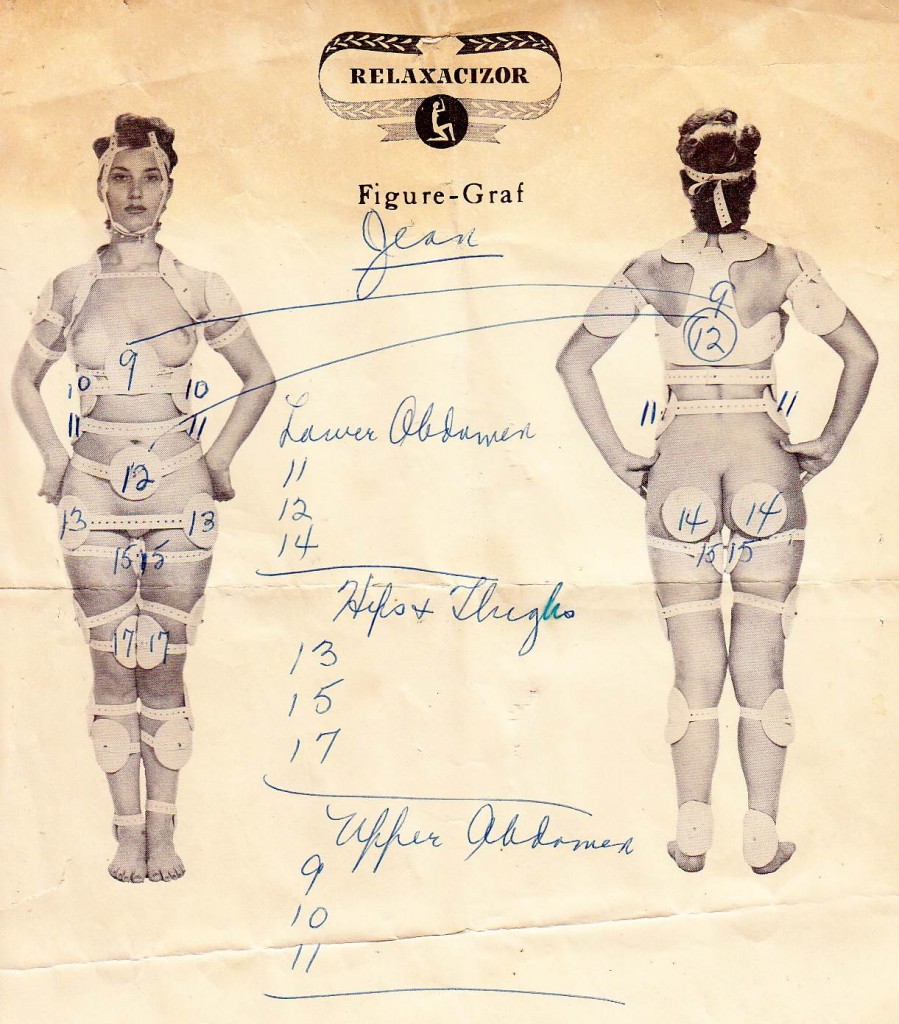 Looks fairly horrifying. Anyhow, using dials on the amplifier-unit, the user can vary the amount of voltage that the various muscles experience. The result? The manufacturer claimed that it would lead to ‘effortless weight loss.’ But as Peggy Olson experienced in episode 1.11 of MADMEN, it is more likely to lead to orgasm.
Looks fairly horrifying. Anyhow, using dials on the amplifier-unit, the user can vary the amount of voltage that the various muscles experience. The result? The manufacturer claimed that it would lead to ‘effortless weight loss.’ But as Peggy Olson experienced in episode 1.11 of MADMEN, it is more likely to lead to orgasm.
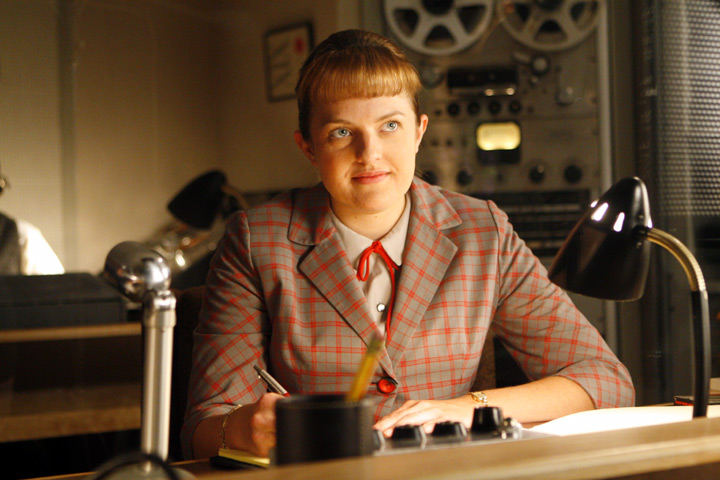 (Peggy Olson, noted audiophile. WEB SOURCE)
(Peggy Olson, noted audiophile. WEB SOURCE)
Anyways… I bought a partially-disassembled RelaxAcizor for a few dollars at the flea market yesterday. It was oddly missing its case, so the rear of the chassis was exposed. This is a crucial point. Because the innards of the unit were visible, I was able to see that it contained a VT-52 tube.
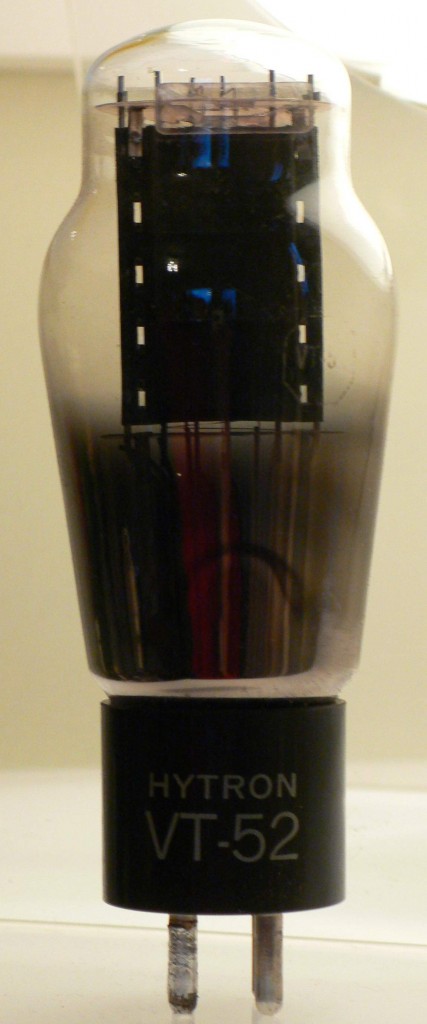 The VT-52 is a very valuable and useful audio tube. It’s basically (BASICALLY..) a 2A3 designed for 6.3v through 7v filament voltage rather than 2.5 volts. This tube has a huge cult following. Check out this deep website dedicated solely to the VT52. I love the sound of the 2A3. My main home-music listening amplifier for the past 5 years is a stereo 6SL7/2A3 amp that I built based on a schematic from Angela dot com. There are a ton of great, simple schematics for Single-Ended high-fi amps that use the VT52 as the output tube; and unlike the 2A3, which requires an unusual filament voltage and requires an unusually low output transformer primary, it appears that the Vt52 will work fine with normal ‘guitar-amp’ type 5K Output transformer. Directly-heated Fender Champ? Yes I think so. I am inclined to recommend this schematic over the others. The 2A3 likes to be fed by a low-impedance signal and I would bet that the VT52 is similar in this regard.
The VT-52 is a very valuable and useful audio tube. It’s basically (BASICALLY..) a 2A3 designed for 6.3v through 7v filament voltage rather than 2.5 volts. This tube has a huge cult following. Check out this deep website dedicated solely to the VT52. I love the sound of the 2A3. My main home-music listening amplifier for the past 5 years is a stereo 6SL7/2A3 amp that I built based on a schematic from Angela dot com. There are a ton of great, simple schematics for Single-Ended high-fi amps that use the VT52 as the output tube; and unlike the 2A3, which requires an unusual filament voltage and requires an unusually low output transformer primary, it appears that the Vt52 will work fine with normal ‘guitar-amp’ type 5K Output transformer. Directly-heated Fender Champ? Yes I think so. I am inclined to recommend this schematic over the others. The 2A3 likes to be fed by a low-impedance signal and I would bet that the VT52 is similar in this regard.
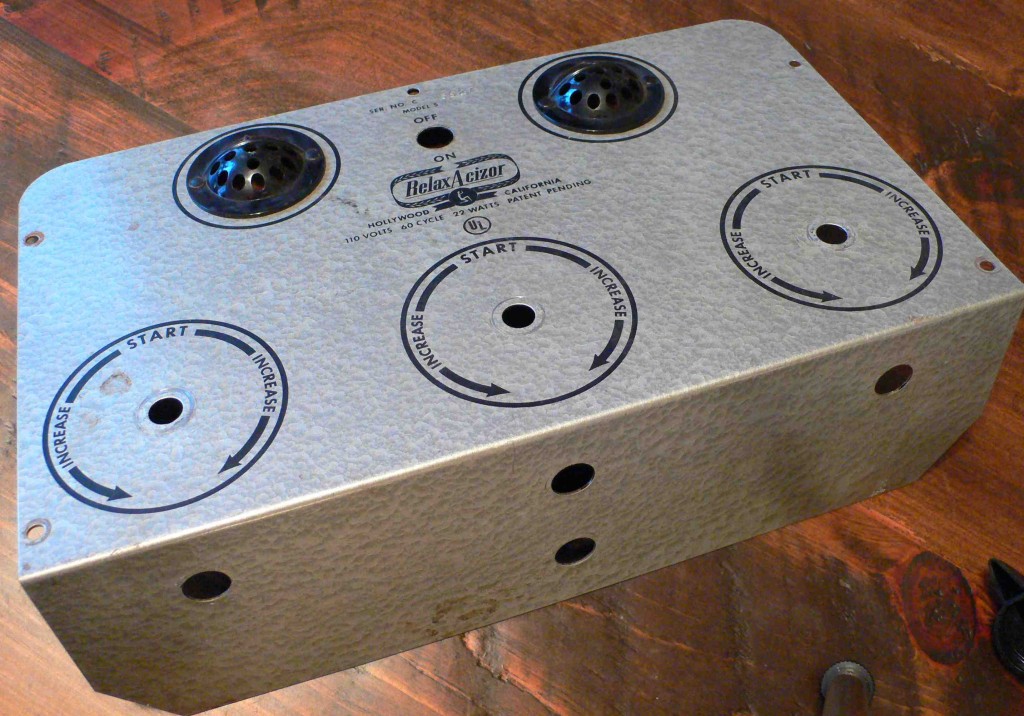 Carving up the RelaxAcizor also resulted in this nice wrinkle-finish chassis, which will find a good home someday in a a future project. E commented that perhaps I cut up the unit because I felt threatened by it. Well, either that, or the fact that VT52 tubes go for upwards of $100 on eBay. $300 if they are W.E. branded.
Carving up the RelaxAcizor also resulted in this nice wrinkle-finish chassis, which will find a good home someday in a a future project. E commented that perhaps I cut up the unit because I felt threatened by it. Well, either that, or the fact that VT52 tubes go for upwards of $100 on eBay. $300 if they are W.E. branded.
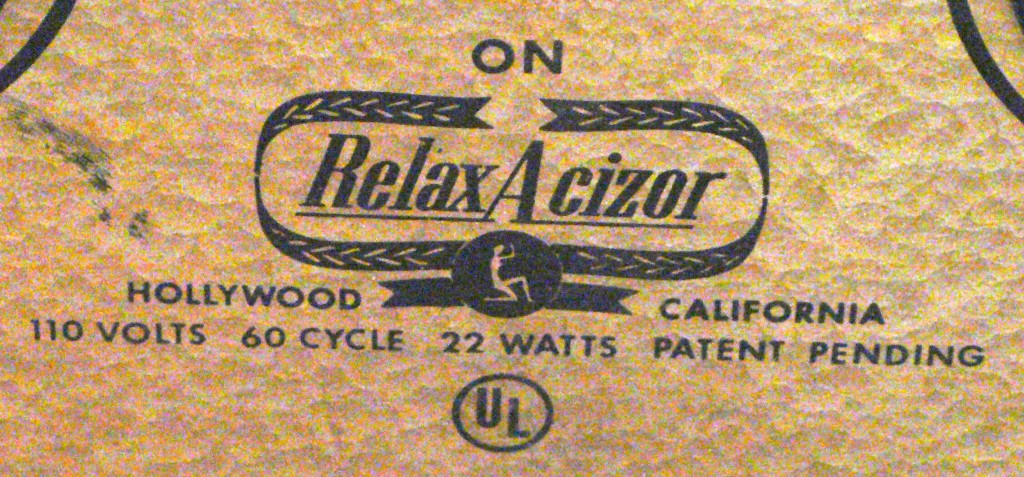 Alright so what’s the point? Search web forums and you will be told that the VT-52 is a very rare, mysterious tube. OK. But consider that over 400,000 RelaxAcizors were sold in the US. That’s a lot of expensive directly-heated triodes sitting, hidden, in junk piles throughout this country. So get digging folks.
Alright so what’s the point? Search web forums and you will be told that the VT-52 is a very rare, mysterious tube. OK. But consider that over 400,000 RelaxAcizors were sold in the US. That’s a lot of expensive directly-heated triodes sitting, hidden, in junk piles throughout this country. So get digging folks.
One warning: you might have a hard time prying the R/Z from the hands of this lady.
